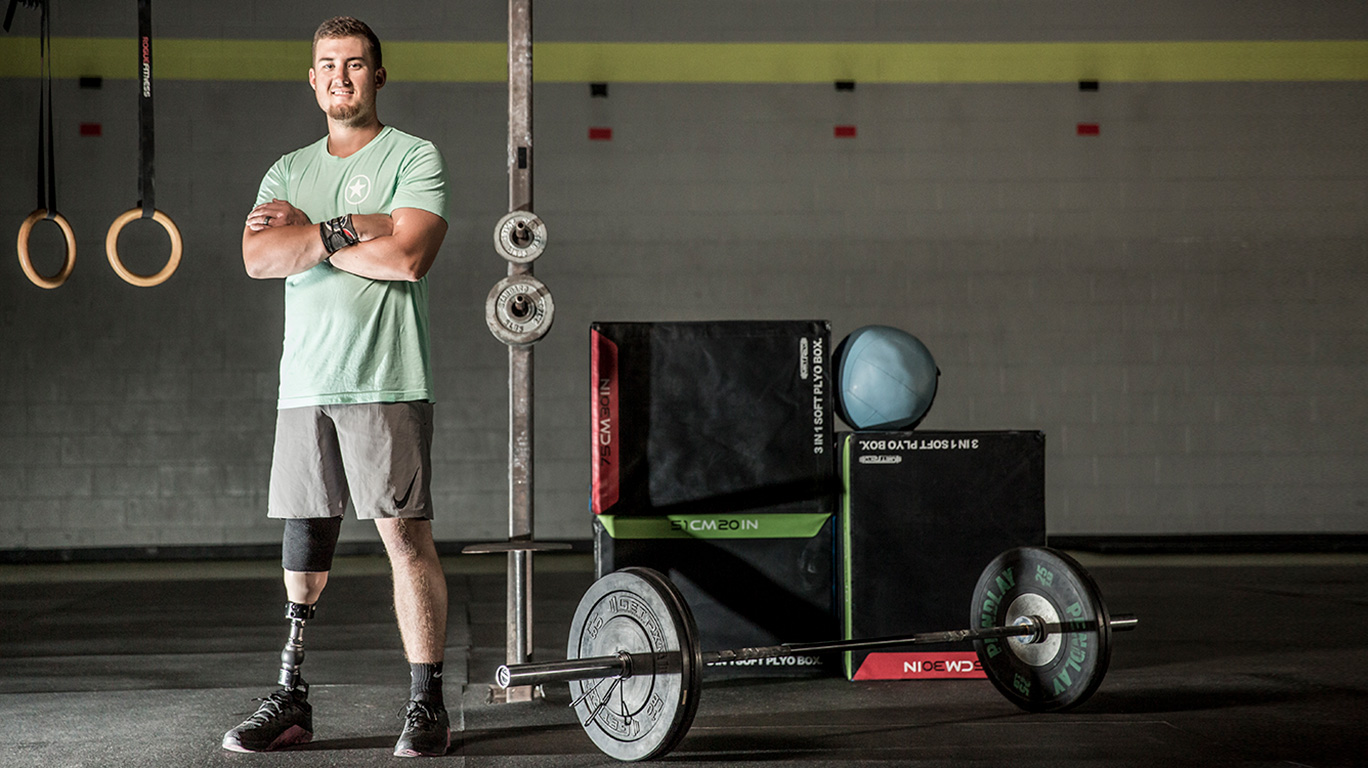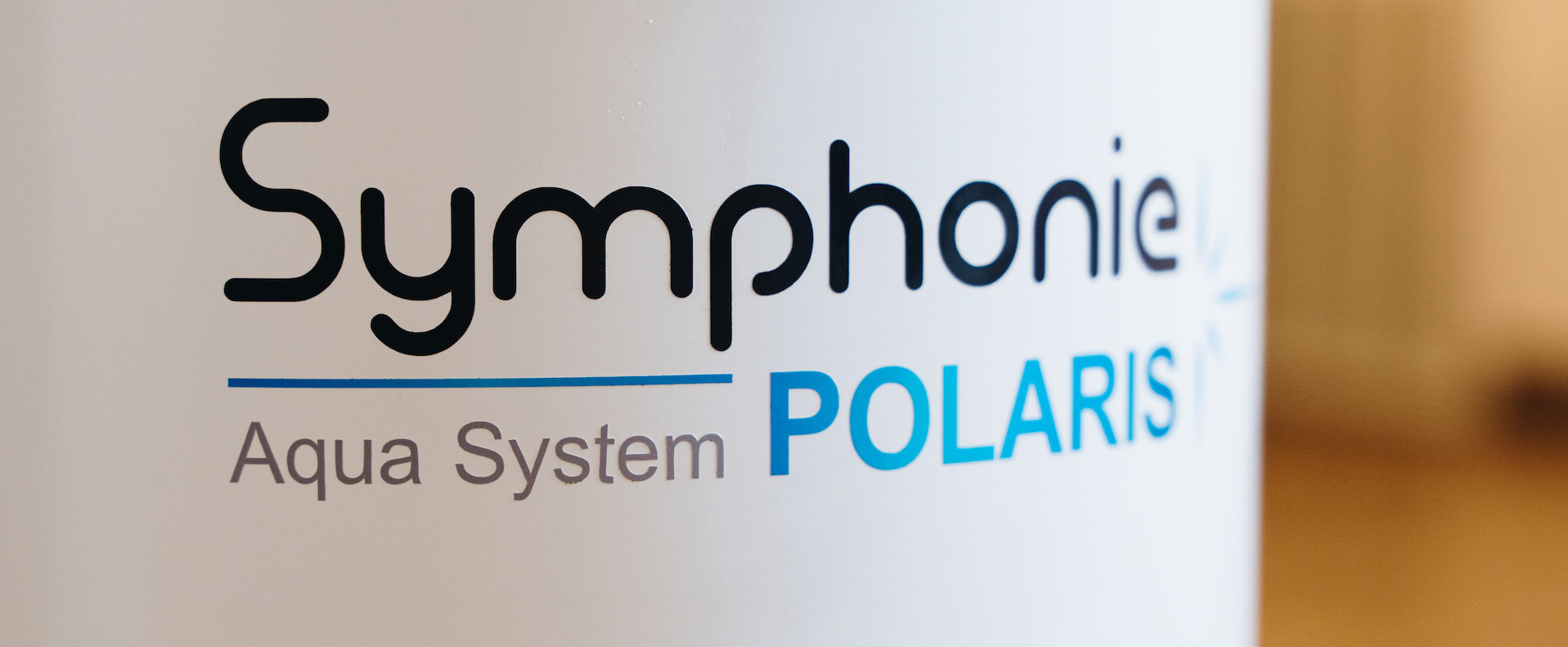The Power of Advanced Prosthetic Limbs

Advanced prosthetic limbs are a testament to the wonders of modern technology. These devices employ materials like carbon fiber, silicone, and advanced polymers, combined with bionic and myoelectric technologies, to provide lightweight, robust, and comfortable limbs that closely replicate natural movement and skin. They enable users to perform a wide range of activities, from walking without a noticeable limp to engaging in sports and achieving stable and energy-efficient walking across different terrains. This significantly enhances user confidence and independence.
We’ll delve into the specifics of these advanced prosthetics in the coming sections, exploring:
- Leg prosthesis
- Prosthetic arms and hands
- Customized solutions
- The various brands and technologies involved.
Leg Prosthesis
Leg prostheses have significantly evolved in recent years. The use of advanced materials and design results in lighter, more durable limbs that better mimic the natural limb’s appearance and functionality. Microprocessor-controlled prosthetic devices, with greater gait reliability and energy efficiency, provide amputees with finely tuned movement and increased walking confidence.
A testament to the advancement in this field is the Blade XT. This device is specifically designed for a range of activities, including:
- everyday use
- running
- cycling
- various sports
This versatility showcases the significant strides made in artificial leg and leg prosthesis design, including the innovative capua leg, making it possible for individuals with a prosthetic leg to continue leading active lives post-amputation.
Prosthetic Arms and Hands
The realm of prosthetic arms and hands, including hand prosthesis, has seen equally significant advancements. The incorporation of myoelectric technology has significantly improved the range and smoothness of movements for arm and hand amputees. Snell Prosthetics & Orthotics has been at the forefront of training for myo-orthotics technology, demonstrating their commitment to utilizing state-of-the-art technology in patient care.
Recent advancements in prosthetic arm technology, such as the integration of haptic feedback for sensory restoration, incorporation of active power components, and the application of machine learning for enhanced control, have further revolutionized the field. Additionally, silicone materials are used to increase the comfort of socket interfaces for prosthetic arms and to provide a more lifelike appearance of the external coverings.
Customized Solutions
Snell Prosthetics & Orthotics goes a step further by offering personalized prosthetic solutions. We employ advanced design technology to create contoured sockets that ensure high comfort levels by perfectly fitting the unique contours of each patient’s residual limb. This focus on personalized lower extremity prosthetics extends beyond comfort, include cosmetic appeal to meet the patients’ individual goals.
Snell Prosthetics & Orthotics considers clinicians’ valuable perspectives, addressing practical aspects of device adoption in clinical settings to optimize the functionality of prosthetic devices. They offer cutting-edge upper extremity functional prosthetics solutions, including state-of-the-art myoelectric prostheses and traditional body-powered mechanical prostheses, tailored to enhance the user’s functionality. With a deep understanding of early prosthetics, Snell Prosthetics continues to innovate and improve upon modern prosthetic devices.
Brands and Technologies
Snell Prosthetics & Orthotics works in collaboration with leading brands such as:
- Proteor®
- Fillauer®
- Ottobock®
- Össur®
These brands provide a range of advanced prosthetic devices, each bringing their specialized technologies and innovations to the market. This ensures that patients receive the best possible care and products.
In addition to lower limb prosthetics, Snell Prosthetics & Orthotics provides a selection of upper extremity prosthetic devices comprising cutting-edge technology and design. They partner with leading brands such as Ottobock®, Touch Bionics by Össur®, and Motion Control for prosthetic arms and hands, aiming to offer advanced functionality and improved life quality for users.
A Breakthrough
The Symphonie Aqua System Polaris represents a significant breakthrough in prosthetic socket creation, utilizing the power of water to capture the full weight-bearing imprint of a residual limb. This innovative system ensures a highly accurate and detailed cast by simulating real-life conditions during the casting process. The patient can apply their full body weight, allowing for the capture of precise information about the limb’s volume, bone structure, and sensitive areas, all under the hydrostatic pressure that mimics the limb’s natural state within a socket. With this technology, Snell Prosthetics & Orthotics is at the forefront, addressing the challenge of accurately replicating limb contours and tissue displacement as they would be under load. The result is a custom-fit prosthesis that eliminates painful spots and restrictions, enabling patients to engage in a range of physical activities with greater comfort and confidence.


Check out Craig Foster’s Story and his experience with Snell and the Symphonie Aqua Fit System!
Adapting to Life with Prosthetics


Adapting to life with prosthetics is an involved process that extends beyond physical adaptation. It involves a combination of physical rehabilitation, emotional healing, and support from healthcare providers and personal networks. Amputees have reported greater independence with responsive and stable electronic prostheses that allow for tackling varied activities with confidence.
The journey can be challenging, but with the right support and determination, it is a process that can lead to a new beginning. Let’s delve deeper into what this process looks like.
Rehabilitation Process
Rehabilitation for new prosthetic users includes the following steps:
- Begins about five days post-surgery
- Aims for independent mobility and an efficient gait
- Emphasizes strength, balance, coordination, and functional task practice
- Introduces walking aids as users gain confidence
This process helps users regain their mobility and adapt to their new prosthetic, with proper prosthetic care playing a crucial role in this journey.
Gait training, a core part of rehabilitation, utilizes gait analysis from multiple angles to guide amputees towards standard movement patterns. Exercises are specifically adapted to align with the functionality of the prosthetic components, such as knee movement, to facilitate a smoother rehabilitation process for transtibial or transfemoral amputees.
The rehabilitation process can vary, potentially lasting up to a year, with ongoing adjustments to the prosthetic necessary as the body undergoes changes during recovery and adaptation to the prosthesis. The shared experiences and support from others in the rehab environment, including stroke victims, other amputees, and people who had been in car accidents, can provide a powerful source of encouragement.
Support Systems at Snell Prosthetics & Orthotics
At Snell Prosthetics & Orthotics, we understand that the journey to adapt to life with prosthetics involves more than just the physical aspect—it’s a holistic process that encompasses emotional support and a sense of community. That’s why we’ve cultivated our own support system, an integral part of our service model, which includes our dedicated team and the inspiring stories of other patients.
Our team of professionals, from prosthetists to patient coordinators, are not just service providers; they are empathetic listeners and motivators who stand by our patients at every step of their journey. The collaborative environment at Snell Prosthetics & Orthotics encourages patients to share experiences, triumphs, and challenges, fostering a unique support network where patients can learn from each other and feel a sense of belonging.
Key Takeaways
- Snell Prosthetics & Orthotics boasts over a century of experience in providing advanced prosthetic technology, combined with personalized patient care, and plays an influential role in the development and education of prosthetic innovations.
- Modern prosthetics, using materials like carbon fiber and myoelectric technology, offer amputees significant improvements in mobility and quality of life, with customized solutions allowing for increased comfort, functionality, and aesthetic appeal.
- The rehabilitation journey for prosthetic users involves physical, emotional, and support system components, with advances in artificial intelligence and materials science driving the development of even more natural and adaptable prosthetic limbs for the future.
Summary
In summary, prosthetics technology has made leaps and bounds over the years, drastically enhancing the lives of amputees. From the rich history and commitment to patient care of Snell Prosthetics & Orthotics to the advancements in prosthetic limbs and the rehabilitation process, it’s clear that the field is continually evolving. Looking ahead, the future of prosthetics holds even more promise, with advancements in artificial intelligence and ethical frameworks guiding responsible development and integration. As we continue to innovate and refine this technology, the potential to enhance the lives of individuals around the world is immense.
Learn More About Snell’s Prosthetics!
Frequently Asked Questions
What does Snell Prosthetics & Orthotics specialize in?
Snell Prosthetics & Orthotics specializes in designing, fabricating, fitting, and maintaining prostheses for legs, knees, feet, ankles, arms, and hands.
What is the main focus of Snell Prosthetics & Orthotics for lower extremity prosthetics?
Snell Prosthetics & Orthotics focuses on creating comfortable, cosmetically appealing, and functional lower extremity prosthetics to help patients achieve their mobility goals.
How long has Snell Prosthetics & Orthotics been in operation?
Snell Prosthetics & Orthotics has been in operation for over 100 years, originally founded in 1911 as Snell’s Limbs and Braces.
What technology does Snell Prosthetics & Orthotics use to create contoured sockets for amputees?
Snell Prosthetics & Orthotics uses design technology to create contoured sockets for amputees, ensuring a comfortable and functional fit for the patient.





